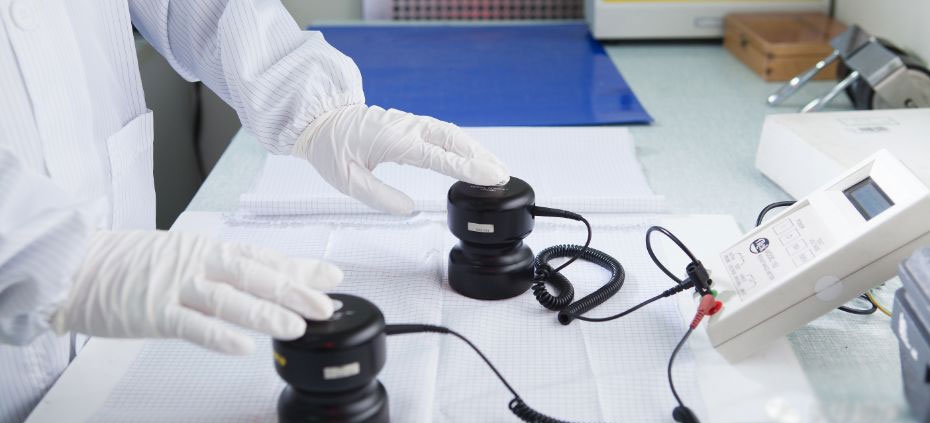Anti-static technology refers to various methods, materials, and devices designed to prevent or reduce the buildup and discharge of static electricity. Static electricity is generated when two materials come into contact and separate, causing an imbalance between negative and positive charges. This buildup can pose risks to electronic components, personnel, and flammable substances, among other things.
There are several key strategies and components within anti-static technology:
1. Anti-static materials: These materials either have or are treated with substances, such as conductive or dissipative materials, that help minimize static charge buildup. Examples include anti-static clothing, wristbands, and work surface or floor mats.
2. Humidification: Maintaining a certain level of humidity (usually around 40-60% relative humidity) in the environment helps dissipate static charges by increasing the air’s moisture content, which provides a path for the charges to dissipate.
3. Grounding: Proper grounding of electrical equipment and human operators helps ensure that charges can flow safely to the earth instead of building up or suddenly discharging. This can involve the use of grounding cords, wrist straps, and footwear with conductive soles.
4. Ionic or corona discharge: Ionic equipment generates both positive and negative ions in the surrounding air, which can neutralize static charges on surfaces or objects they come into contact with. Examples include ionizing bars, air guns, and blowers. This method is often used in industries where static-sensitive components are present.
5. ESD (electrostatic discharge) shielding: Electrostatic discharge shielding involves using materials and containers that protect sensitive components from the effects of static discharge. This can include anti-static bags, boxes, and other packaging materials designed to shield their contents from electrostatic fields and discharges.
6. Conductive work surfaces: Using work surfaces made from conductive materials or treated with conductive coatings can help dissipate static charges and prevent them from building up on components or tools.
7. Proper handling techniques: Training personnel in proper handling techniques for static-sensitive materials can significantly reduce the risk of damage from static electricity. This can include touching conductive surfaces before handling sensitive components, using ESD-safe tools, and following specific procedures during assembly or repair.
By employing these strategies and devices, companies and individuals can effectively control the buildup and discharge of static electricity, protecting sensitive electronic components, preventing damage or injury, and ensuring the safety and reliability of various products and systems.




Leave a Reply
Want to join the discussion?Feel free to contribute!